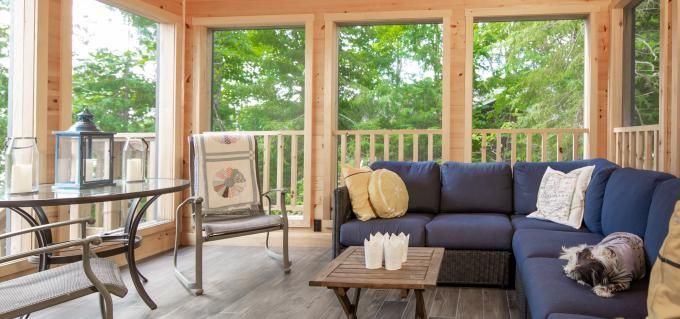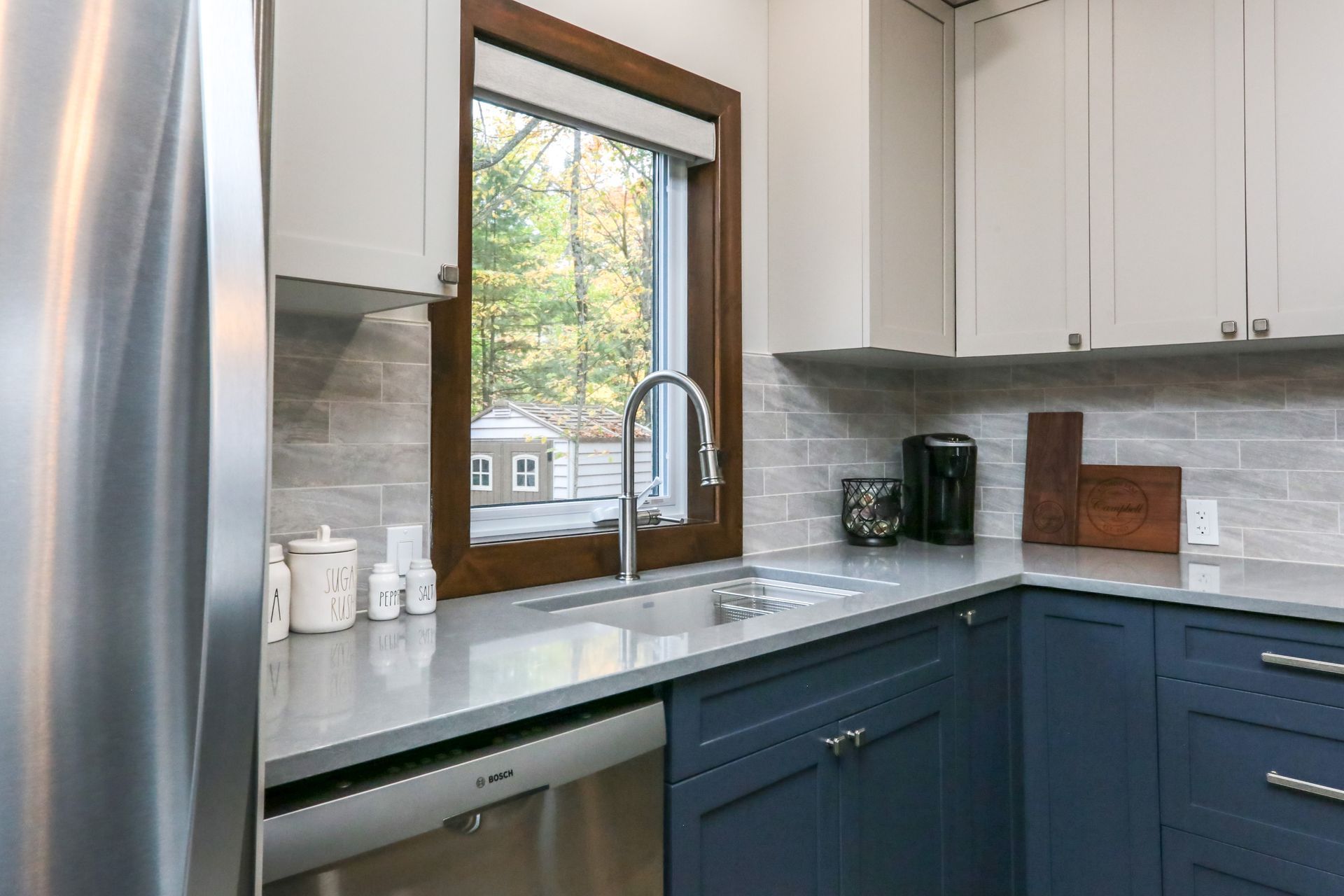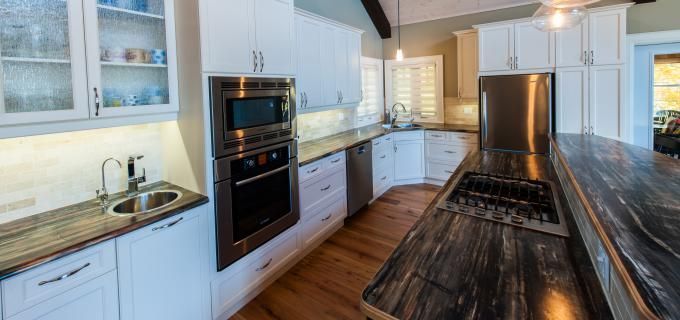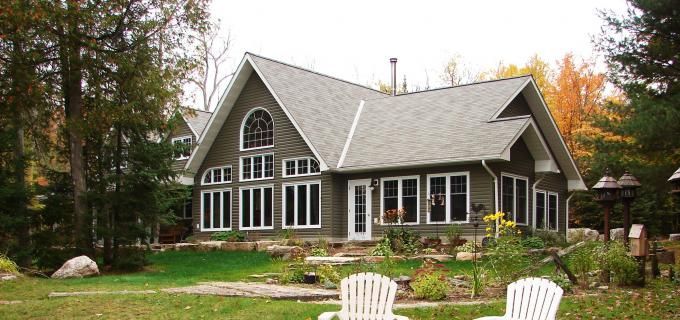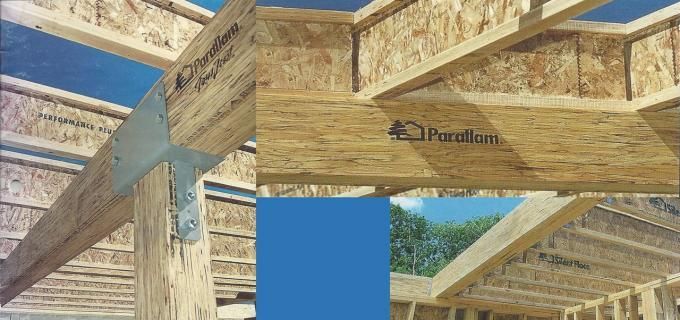Get Ready to Rebuild!
Four important prep tips homeowners need to manage
If you haven’t downloaded and read our free “Renovate or Rebuild” guide, do so here. It will help you decide whether your cottage needs to be rebuilt from scratch. If that’s the case (more often than not in our experience!), here are a few common tips to make sure your project goes smoothly.
Planning Tip #1 — Choose a start date with the future in mind
While many cottagers prefer to start construction in the fall to avoid losing a summer relaxing on the dock, a late spring or early summer start may be more advantageous.
Since the construction process generally takes a calendar year to complete, a fall start entails losing a summer in the new cottage. However, starting in the late spring or early summer virtually guarantees that the cottage will be ready for you to inhabit the following summer.
Planning Tip #2 — Think through storage
In preparation for the rebuild, you will have to decide how you will store all the items and paraphernalia you have amassed throughout the years. This is a great opportunity to declutter and offload items you haven’t used in years.
While packing up your old cottage, it is important to be selective about the items that you are planning on reusing. If you can’t picture a piece of furniture or other items in the new cottage (or use it elsewhere), it may be best to give it to friends or donate it to a local charity.
Finally, although it may be less convenient, we recommend storing your possessions off-site instead of in on-site rental storage containers. Storage facilities are more secure and less damp.
Planning tip #3 — Identify salvageable materials
You’d be surprised how spending money on replacement items can raise the overall costs of the project. Make a list of reusable items that have been purchased within the last one to three years, including electrical panels and hot water tanks, for the contractors to salvage during the tear down process. You could save (on average) a couple of thousand dollars depending on the items salvaged.
Planning tip #4 — Two loose ends you’ll need to tie up
Hydro Line: As you finish emptying your cottage of all your possessions and the tear down start date draws closer, it is important to remember that your project manager or contractor cannot deal with the Hydro disconnection on your behalf (due to the Freedom of Information and Protection of Privacy Act).
In order to ensure disconnection does not affect the commencement of the tear down, discuss when it should occur with your project manager/contractor in order to make the necessary arrangements with Hydro One.
Septic Tank: It may become evident during the design process that your cottage’s septic tank needs to be relocated. Depending on where your septic is currently located and the amount of disturbance to the area, a few scenarios are available.
*If it is in the way of the new cottage, the septic tank will have to be removed.
*If it isn’t in the way, it can be abandoned.
*If it will be disturbed, it should be pumped and either, destroyed, removed, or filled with sand.
Tackling these preparation tips will help ensure an overall smoother construction process.
If you haven’t already read our free “Renovate or Rebuild” guide before reading this blog, download it here and discover your best route for rejuvenating your cottage.
If you are worried about encountering variances during your rebuild, check out our blog post, What to Expect When Encountering Cottage Variances.
